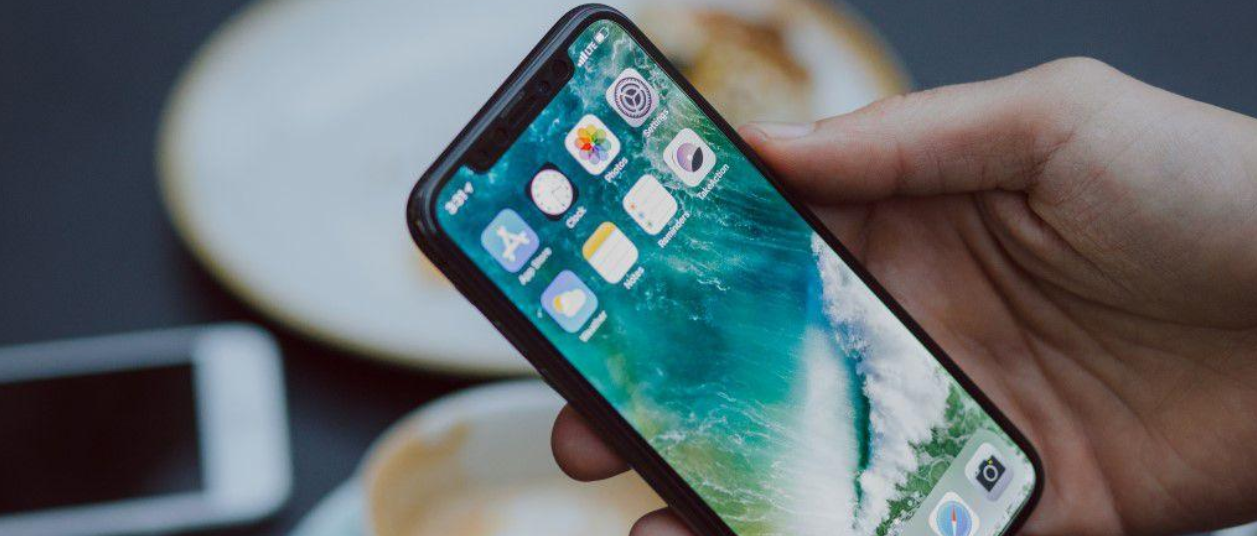
Having a mobile app is a great way to stay connected with your audience. No matter what type of industry you’re in, an app gives your business a home right on the device that a customer is going to be looking at numerous times throughout every day. That’s some prime real estate in and of itself, but apps give you a serious advantage beyond just having a reminder to check out your business living on your target audience’s personal devices.
Get the infographic!
Both iOS and Android allow mobile apps to send push notifications–brief reminders to open the app–to their users. Push notifications can be a fantastic way to re-engage with users who haven’t used your app in awhile, or to push regular users further along into the sales cycle.
Push notifications display on your audience’s smartphones much like a text message would. You should, however, be treating them with a little more thought and discretion than you would put into texting a friend, as users expect different behaviors from the businesses they interact with than the people they speak to. Follow these best practices to make the most out your app’s notifications!
Send Relevant, Interesting Content
Just because you can send your users notifications doesn’t mean you should send your users notifications. There’s a time and a place for everything, and when it comes to push notifications that means you should only be alerting your users when it could be beneficial to them.
Appropriate reasons to send a push notification include:- To tell users about a sale.
- To alert them to a new product or service.
- To remind them about an appointment or event.
You can also use notifications for retargeting purposes. For example, if you have an ecommerce app and a customer leaves an item in his or her cart without checking out, your app can automatically remind the user about the unfinished purchase after a set period of time.
Send It at the Right Time
People don’t seem to have particularly long attention spans these days, and smartphones certainly aren’t helping that problem. When you send a notification it should be at a time it’s likely to be seen and likely to elicit a response.
That means sending notifications:
- During the daytime, when users are awake.
- When the user is least likely to be distracted.
- During or just before the message is relevant (e.g. right before a sale starts).
Sending a notification during rush hour is a good way to get ignored by commuters, and if you want to send a holiday-themed notification you should try to avoid doing so at peak celebration times. Pushing alerts in the evening on Thanksgiving, for instance, will likely just get your notification swiped away while your users reach for a spoonful of cranberry sauce.
Do Not Abuse Notifications
You might have a lot to tell your followers, but notifications should be occasional reminders, not constant intrusions into their lives. There are better avenues for more detailed and frequent updates, including social media, email newsletters, and your own website.
Send too many notifications, and you users are liable to either disable notifications or uninstall your app altogether. You ought to be helping them with your alerts, not annoying them. The exact frequency with which you should be pushing messages will vary based on your industry, the nature of your app, and your audience, so you’ll want to do some research before you start blasting out notification, but, generally speaking, there are some guidelines that make sense for most apps.
You should:
- Avoid sending the same message twice.
- Stick to no more than one message a day.
- Give users the option to adjust notifications.
Most apps really have no reason to send a push notification multiple times a day, and doing so can quickly annoy your users. That does not mean there are never any reasons to send multiple push notifications, though. For a calendar service that reminds users of appointments, multiple notifications can be less an irritant and more a service. Similarly, an ecommerce business that runs frequent flash sales might want to alert users of each one.
If you do have a genuine need to send such frequent alerts, then it’s worth investing in infrastructure that will let users select the frequency or type of notifications they get from you. Some may really want to get multiple alerts a day, while others may only be interested in one particular type of alert. Customization would allow you to serve the needs of both audiences.
And there you have it–the three keys to proper push notifications. Send relevant content, send it at the right time, and do not send so many notifications that your users get annoyed with you.
As a bonus tip, remember to keep your alerts short and sweet. The first line of text should be enough to entice a click, and you don’t want important information getting cut off by character limits.
Need help building your mobile strategy? Talk to the experts at Dotlogics.
Let's Get to Work.
Have an unsolvable problem or audacious idea?
